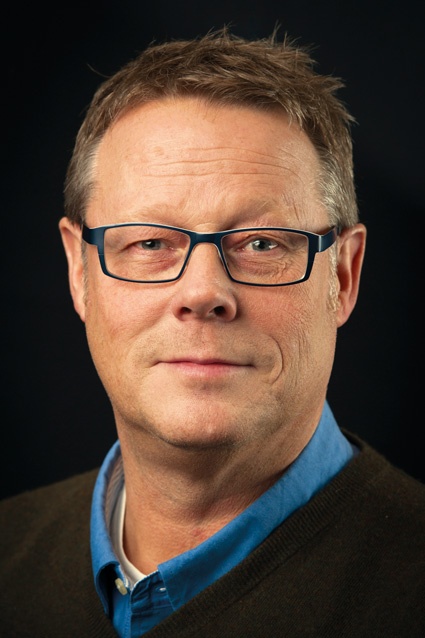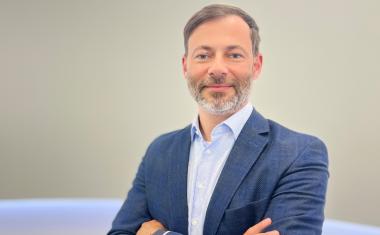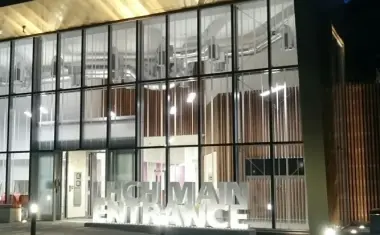The Future of IP Standardisation
Few would argue that as the industry continues its progression toward wide-spread deployment of IP security technology, some type of standards are necessary to guide the industry i...

Few would argue that as the industry continues its progression toward wide-spread deployment of IP security technology, some type of standards are necessary to guide the industry in a unified direction. Over the past few years, ONVIF has been one of the organisations at the forefront of the standards movement. Since its inception in 2008, the organisation has made considerable gains with more than 2,500 products now certified as conformant with the ONVIF interoperability specification and a global membership base of more than 430 companies. We have talked to Per Björkdahl, Chairman of the Steering Committee of ONVIF, about the state of standardisation in the physical security market today and how ONVIF's interoperability specification is evolving and what changes and impacts the group is having on the market.
GIT-SECURITY.com: Standards have become a central part of the discussion around IP technology in the industry over the past few years. What role has ONVIF played in that debate?
Per Björkdahl: When we first started this initiative on behalf of a handful of companies, the industry was on the verge of beginning the transition to IP and that, of course, has had a huge impact on the efforts of ONVIF over the past few years. Now the industry is moving more rapidly toward standardisation as it looks to take advantage of the opportunity to integrate with the multitude of products coming on the market. This adoption of standards, and the growth of ONVIF, has happened very quickly. From just a few companies, ONVIF now has more than 400 members. More importantly, we are reaching a critical mass of representation from small firms as well.
How does ONVIF compare with others addressing standardisation activities?
Per Björkdahl: We think the industry participation that ONVIF has achieved speaks for itself. More than 400 companies have joined the forum to contribute to the work going forward and to implement the interface to their products. Comparisons with other groups such as PSIA are difficult because our approach is quite different. ONVIF excels with its web services and strong legal framework as well as its decision to establish an underlying specification and then tackle each discipline, such as video or access control or intrusion, individually.
How deep can ONVIF go productwise to achieve standardisation?
Per Björkdahl: By their very nature, standards specify minimum operation requirements so the conforming devices can guarantee interoperability at the most fundamental level. As more functions are considered "basic," ONVIF will evolve to include interface specifications for these functions as part of the specification. And as manufacturers innovate and add special features, we'll continue to explore those areas to add the specification.
While manufacturers are embracing standards, what is being done to educate end users and achieve buy in from this group?
Per Björkdahl: One of ONVIF's focuses is to ensure that systems integrators and end users get to know the benefits of ONVIF and that we are able to demonstrate that they have a wide variety of products from which to choose. This freedom of choice to select the best and most appropriate camera, encoder, DVR or NVR, and ensure that future additions to their video system will continue to be compatible with existing equipment, is one of the benefits of standardisation. ONVIF also has launched some training initiatives specifically for end users, integrators and consultants, ranging from online webinars to third-party training sessions at various industry trade shows.
How does the addition of Profile S for video streaming simplify and improve the conformance process?
Per Björkdahl: The primary benefit of Profile S is knowing that when two products bear the Profile S mark, they will work together. Rather than trying to figure out whether one version of the ONVIF specification is compatible with another, or which features of the product might interfere with interoperability, seeing the Profile S mark ensures a successful interface. And this will be true going forward with our subsequent profile releases, such as Profile G for recording and storage products and Profile C for physical access control and video integration.
What are the next planned activities for ONVIF?
Per Björkdahl: After the expected release of the fundamental access control specification and test tools this year, ONVIF will decide on its next area of concentration. This could include new advances in physical access control or intruder alarms - both of which seem to be the next natural step - but it's up to our members to decide the course. From the beginning, ONVIF's focus was video because we knew we could get the proper feedback from the marketplace and because the need for standards and interoperability on the network video side was so acute. But ONVIF has also recognised from the start the need for specifications in other industry segments, so we prepared for that by creating the underlying architecture of ONVIF.
How does ONVIF determine its direction?
Per Björkdahl: Member feedback is critical to help us determine our next steps. ONVIF hosts several events each year to solicit this important feedback, whether it is at developer's plug fests held to test interoperability among products or at public interoperability displays at the major trade shows. Over the past year, ONVIF has also hosted or participated in several open forums at industry events through panel discussions and open dialogues about ONVIF and standards, allowing us to hear firsthand the feedback from users, specifiers and member companies. We also reach out through questionnaires and webinars and count on project engineers from our member companies to provide feedback from their own customers on how the specification is working with selected products or in different scenarios. ONVIF always welcomes input and feedback from the different industry stakeholders to help shape our direction.
What should we expect to see within the standardisation realm in the near future?
Per Björkdahl: Although standardisation is typically a more gradual, evolutionary process, ONVIF has grown in size and strength quite rapidly over its first four years. Not surprisingly, this has resulted in some growing pains between the market's expectations for the specification and the technical limitations for standards based on the current maturity level of IP technology. Both ONVIF and IP have experienced rapid deployment. With that in mind, the next few years will be focused not only on moving forward into new technical areas, but we will also concentrate on refining the overall process of standardisation. A strong focus on the conformance process will ensure the quality of the specification and its continuing acceptance in the market.














